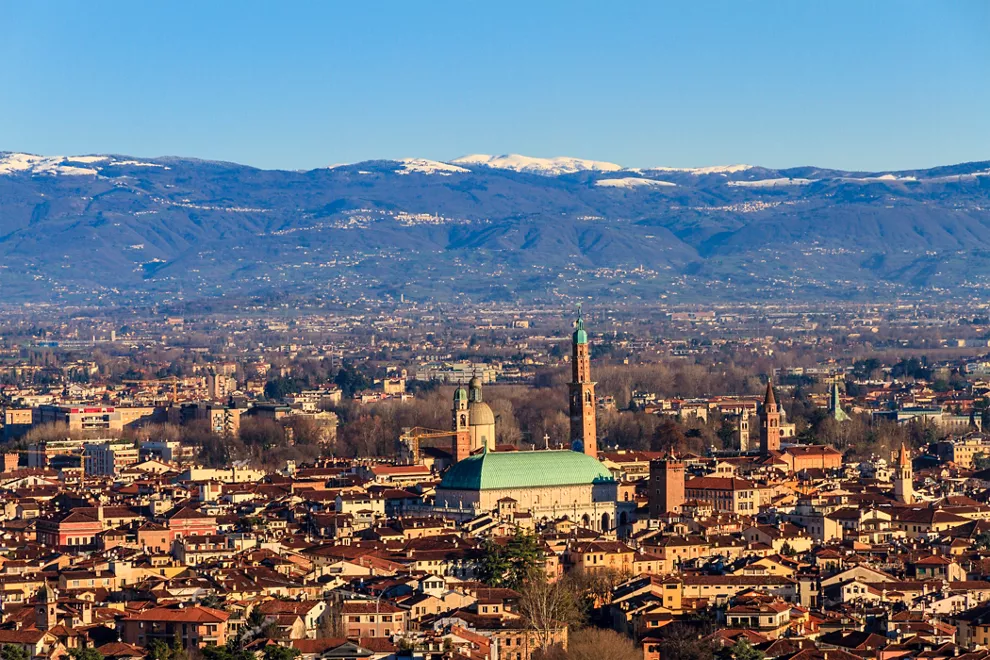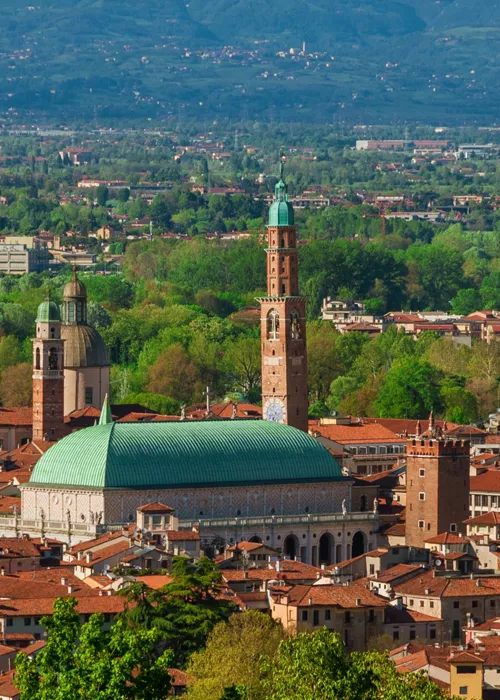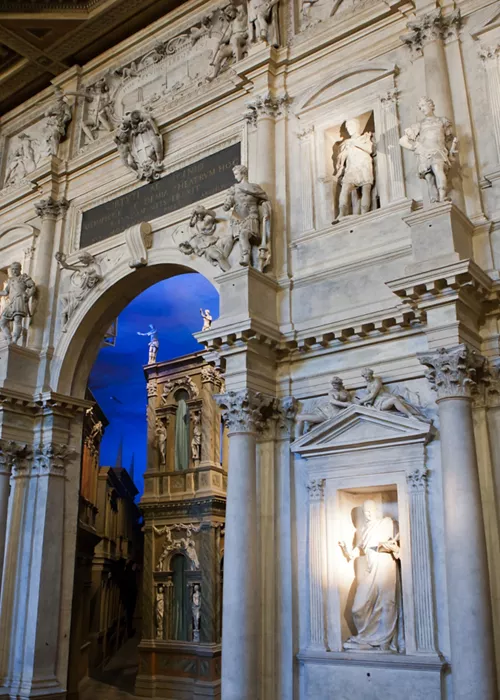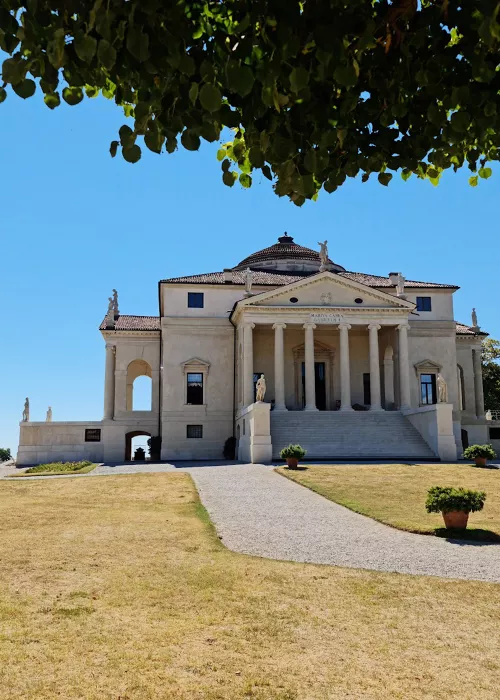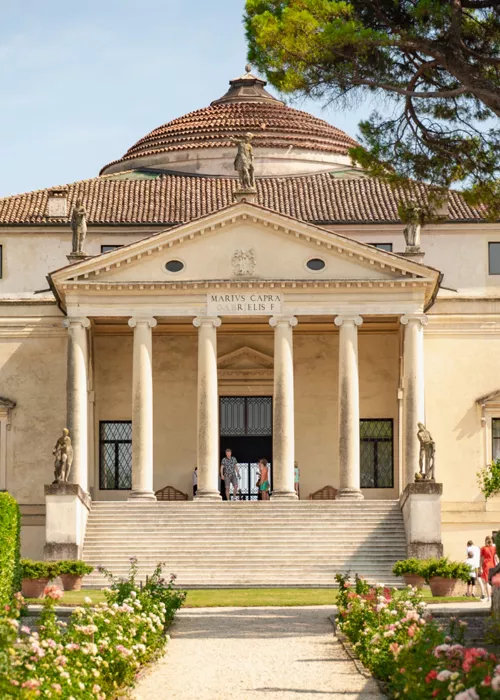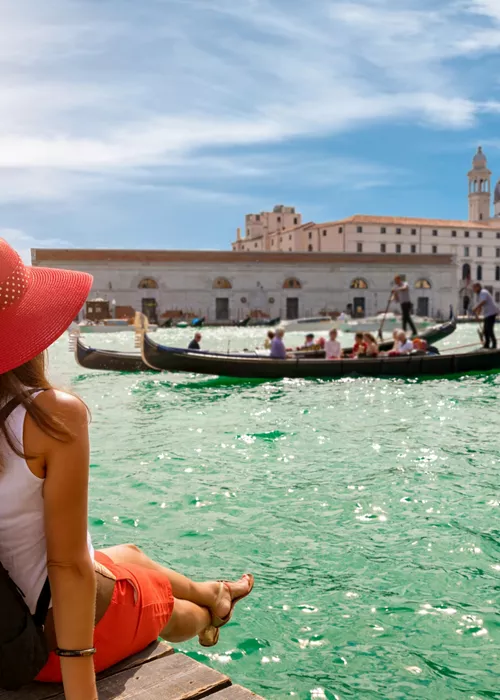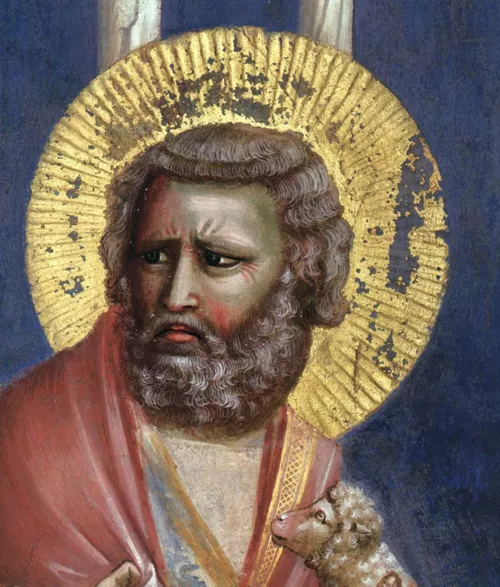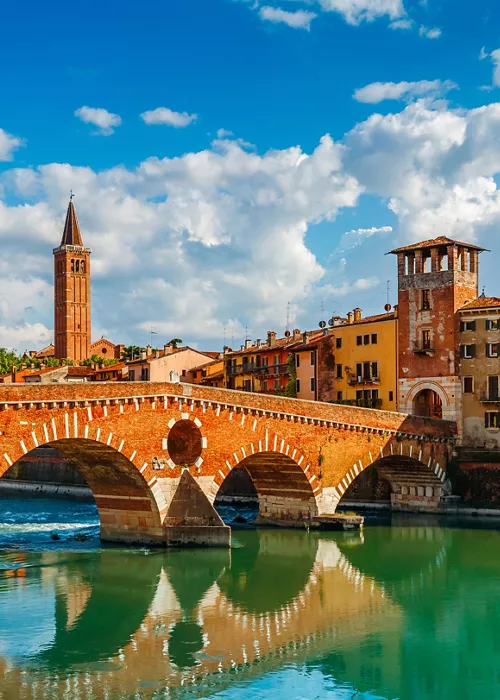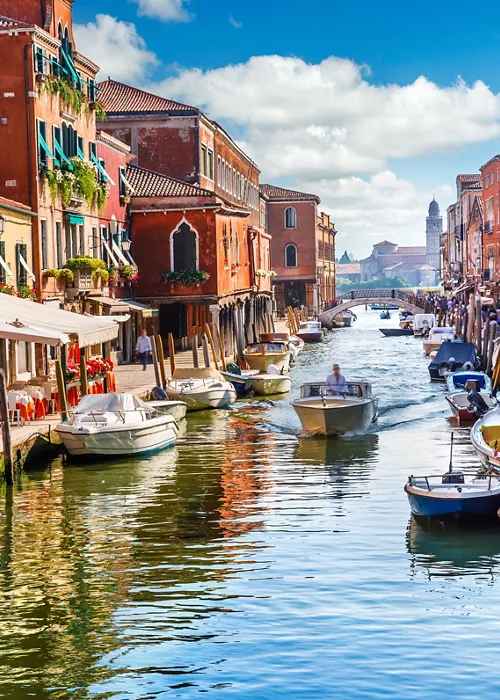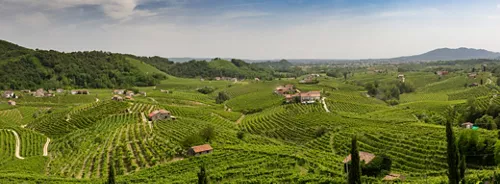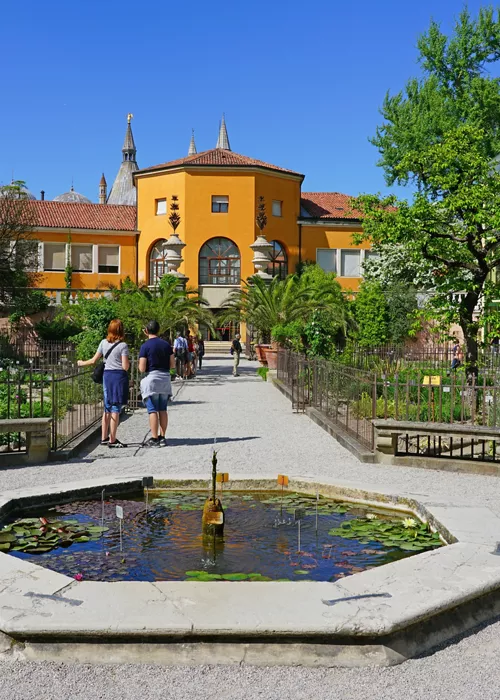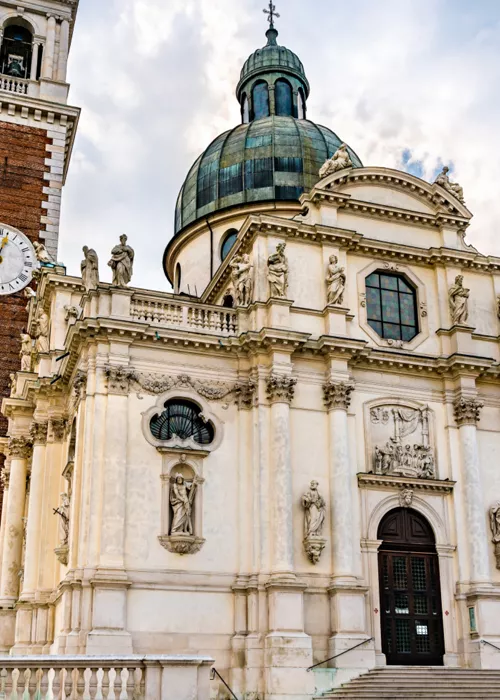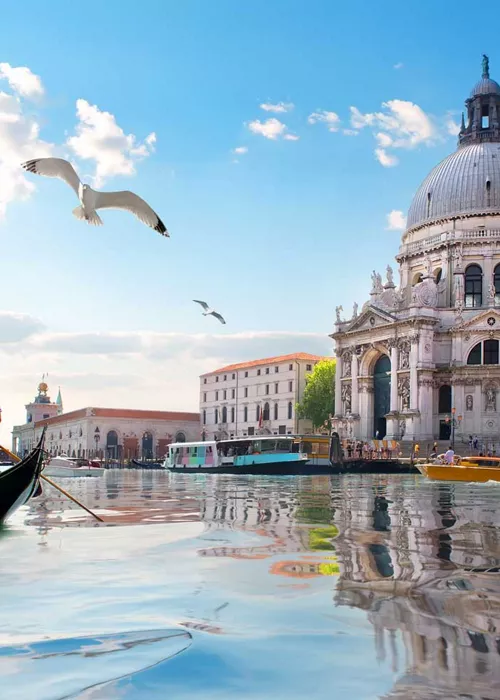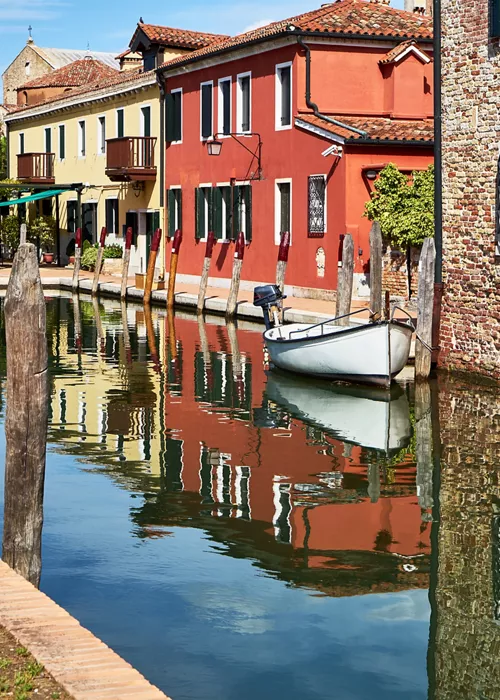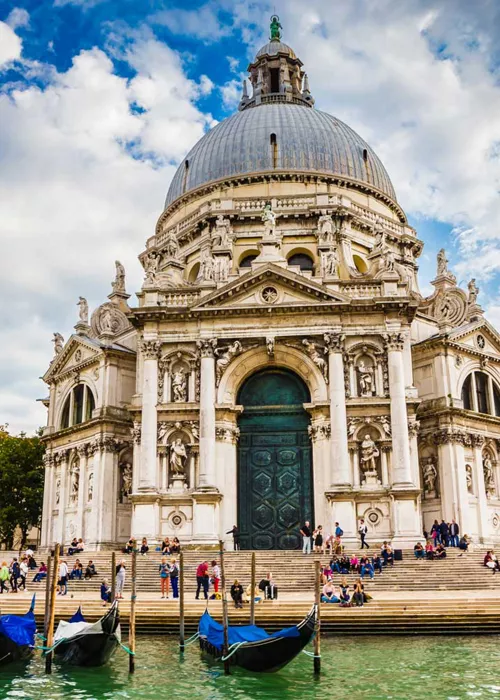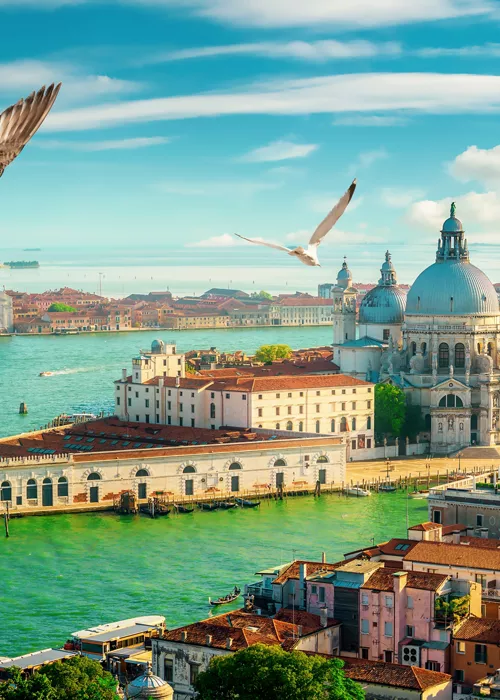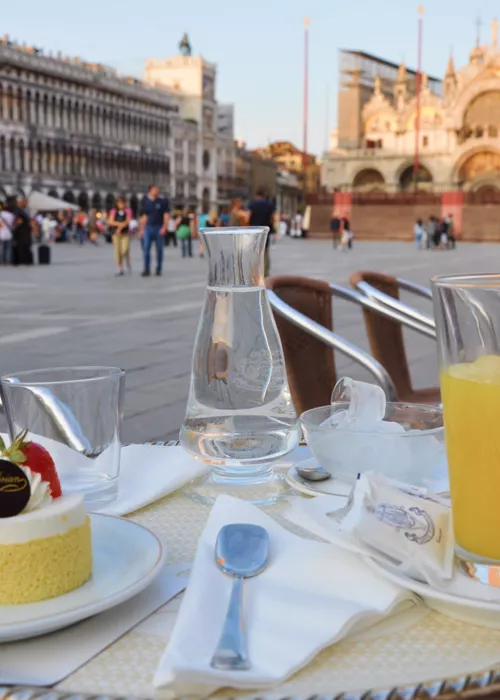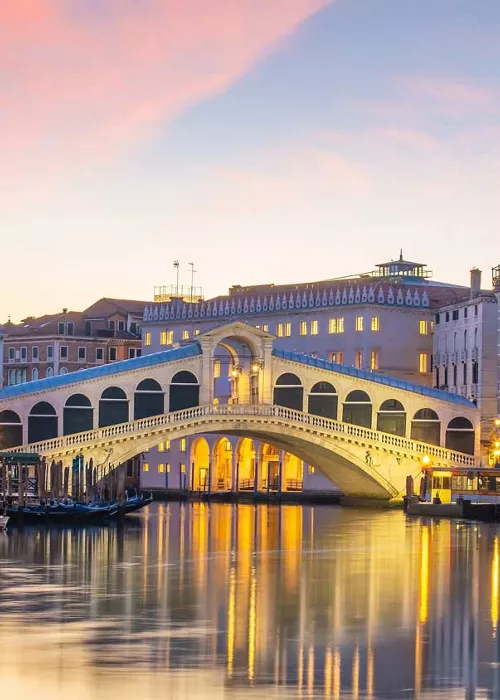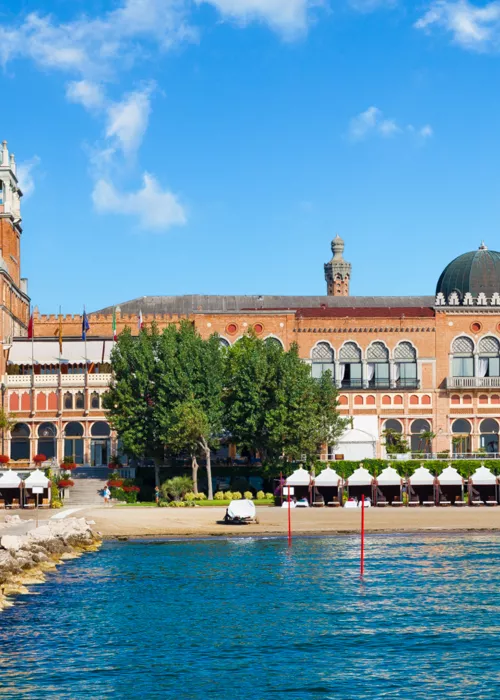Vicenza, the treasure chest of Palladio
4 minutes
Vicenza's splendour and artistic history are closely related to the creative genius of Andrea di Pietro della Gondola, known as Palladio, an architect admired throughout the world who made this city a model for all of modern and contemporary Europe.
Vicenza's architecture blends perfectly with its urban structure and everything - from palaces to villas, churches and monuments, contributes to the harmonious development of the city as a treasure. This is why Vicenza deserved to be included in the UNESCO World Heritage List in 1994.
Are you ready to be swept away by this timeless charm?
The history and interesting facts about Vicenza
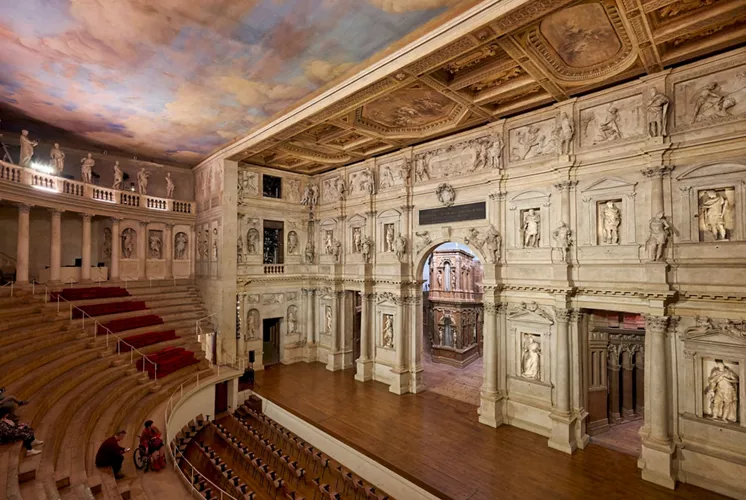
Vicenza's foundation is dated between the 11th and 7th centuries BC, but the city's history is mainly linked to the Serenissima Republic of Venice, to which it was subject from 1404 until the end of the 18th century.
Here, in the 16th century, the great architect Andrea Palladio transformed the city and made himself known throughout the world thanks to the artistic heritage he bequeathed to the people of Vicenza: the Basilica Palladiana, the Palazzo Chiericati and the Teatro Olimpico are the highest expression of Palladio's artistic genius, which even conquered Russia and the United States.
What to see in Vicenza: the 6 places not to be missed
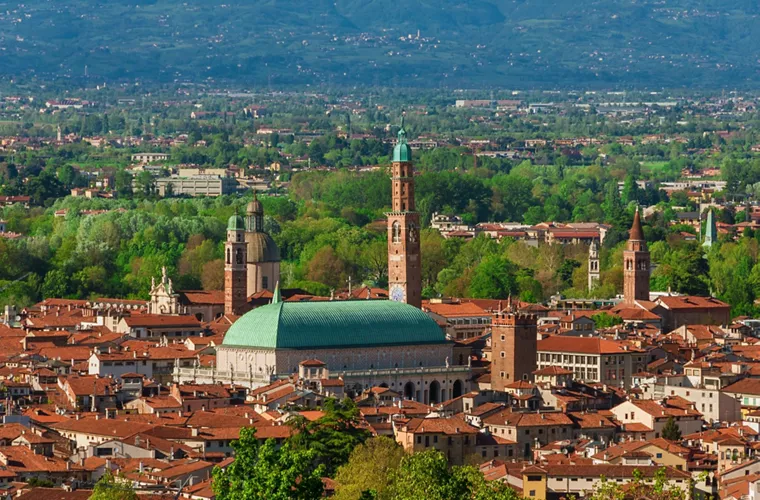
Vicenza is a city to discover slowly, while the majesty of its monuments and villas will take you over. If you are visiting the city for the first time looking for things to see, you must start with the legacy left by Palladio.
Here are unmissable places in Vicenza.
The Teatro Olimpico in Vicenza, overlooking the picturesque Piazza Matteotti, is the oldest covered brick theatre in the world. Inspired by the Roman theatres described by Vitruvius, the Teatro Olimpico represents the absolute apex of the famous architect's creativity, although Palladio not managed to see it completed before his death. Today it hosts classical music festivals, the Vicenza Jazz festival concerts and the famous Classical Performances Cycle.
The Palladian Basilica managed to leave even Goethe speechless, it is the symbol of the city. Palladio was commissioned to redesign the historic Palazzo della Ragione and the result was this Renaissance masterpiece integrated into the pre-existing Gothic building.
Just a stone's throw from the marvellous loggias of the Palladian Basilica, at the end of Corso Palladio, stands the Palazzo Chiericati, the historic aristocratic residence of the Chiericati counts and a UNESCO World Heritage Site. Since 1855, it has been home to the Museo Civico di Vicenza.
Palazzo Leoni Montanari is another must-see place in Vicenza. Built in Baroque style and only completed in the second half of the 18th century, its interior houses the Gallerie d'Italia - Palazzo Leoni Montanari museum. Here, admission is free every first Sunday of the month.
The UNESCO recognition obtained by Vicenza in 1994 was extended two years later to 24 Palladian villas in the countryside and smaller towns of the Veneto region. Surrounded by nature, these villas have been built for the noble Vicentine families in a combination of elegance and practicality. Not sure which one to visit? Start with Villa Almerico Capra known as La Rotonda, one of the most celebrated buildings in the history of modern architecture.
4 tips for things to do in Vicenza
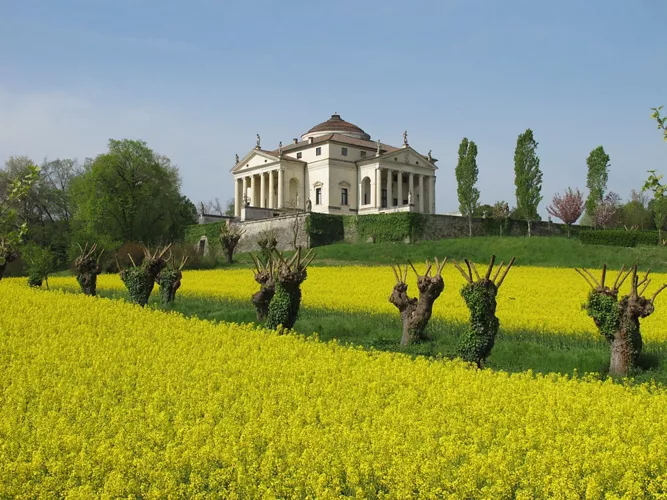
If you are looking for things to do in Vicenza, perhaps before the opening hours of the city's main museums, here are four suggestions that will surprise you.
Parco Querini is one of the city's green lungs. You can stroll along the tree-lined avenue lined with statues, rest on the banks of the pond that surrounds a small island topped by a temple, or lose yourself in the charming grove for excellent shelter from the sun's rays.
Lovers of greenery should also not miss a visit to the Salvi Gardens, a small treasure in the heart of Vicenza, where two different loggias are present: the Loggia Valmarana, possibly designed by a pupil of Andrea Palladio, and the loggia built by Baldassarre Longhena in 1649.
If you want to learn all about Andrea Palladio, you have to get lost in the Palladio Museum, designed by the architect himself and now also home to the International Centre for Architectural Studies named after him.
A final highlight: the Temple of San Lorenzo, characterised by its imposing portal dating back to the 14th century and an impressive 15th-century cloister in Renaissance style. You will find it in Piazza San Lorenzo, a few steps from the Palladio Museum.
What to eat in Vicenza: 5 specialities
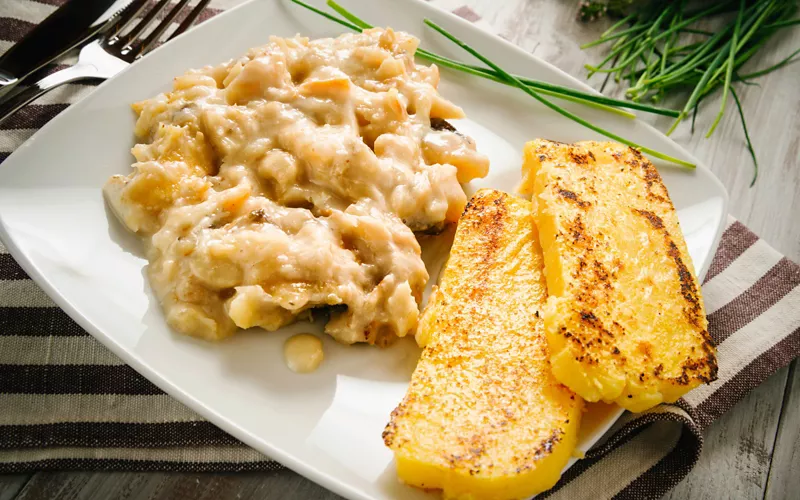
Vicenza's culinary tradition is bound up with cities and places it came in contact with over the centuries, from Venice to Northern Europe. Want to find out what to eat in Vicenza? Get ready for a unique experience.
- Baccalà alla Vicentina is a delicacy made from dried cod, olive oil and milk. It is often accompanied with polenta, another local speciality that you can also find combined with Soprèssa Vicentina. This tasty sausage has managed to obtain the important D.O.P. certification and every year, throughout the province, it is the star of numerous festivals.
- You can’t leave Vicenza without trying a rich dish of bigoli co' l'arna, fresh pasta noodles served with duck sauce. If you don't eat meat, however, go for pasta and fasoi, a real comfort food prepared with Lamon IGP beans and broken fettuccine.

